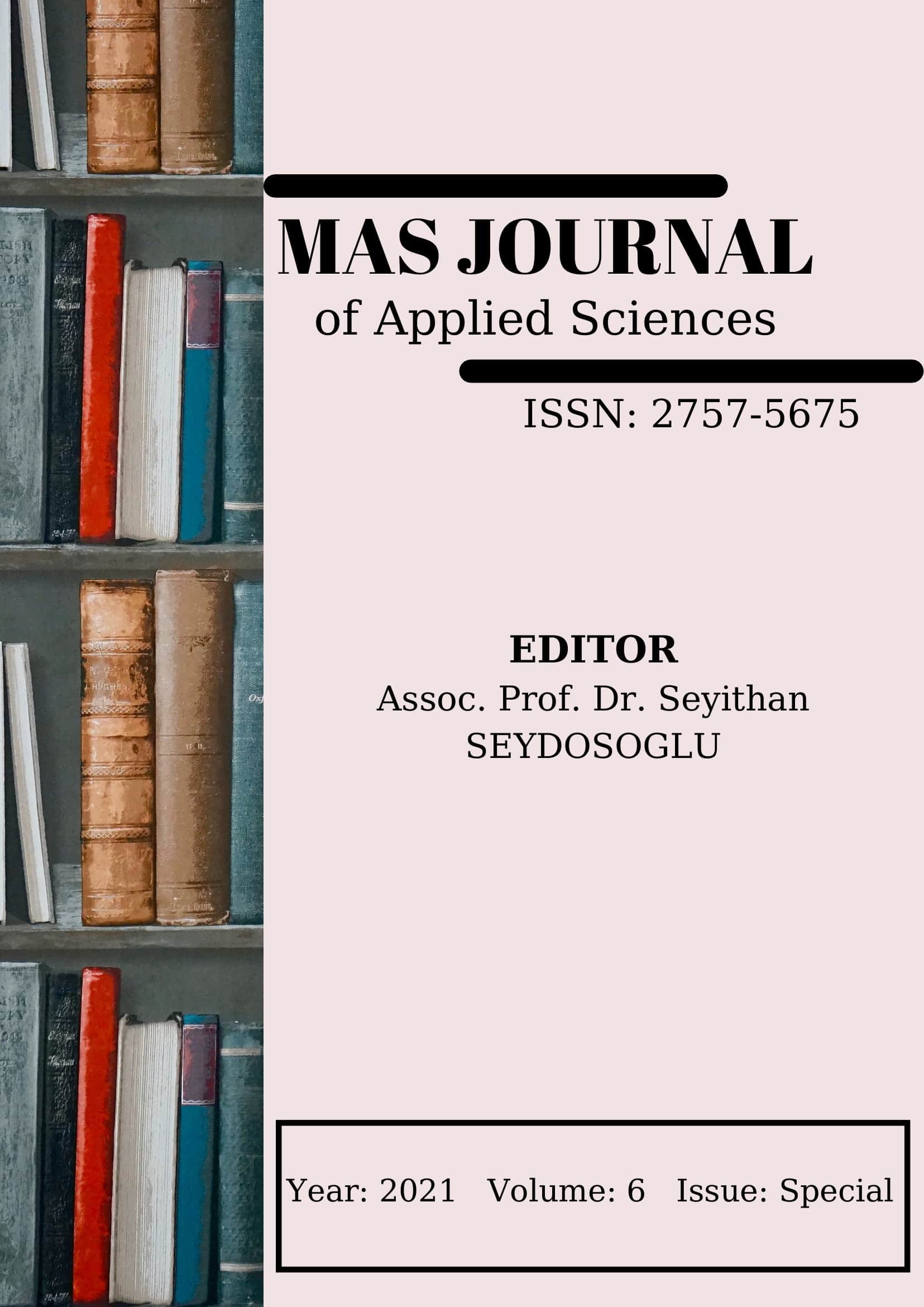Effect Of Different Levels Of Leonardite Applications On Yield And Some Macro And Micro Element Contents Of Sultani Seedless Grape(Vitis Vinifera L.)
DOI:
https://doi.org/10.52520/masjaps.174Keywords:
Leonardite, Grape (Vitis vinifera L.), Yield, Macro and Micro ElementsAbstract
Leonardite is a natural soil conditioner and oxidized form of lignite, which does not reach the level of coal, while contains high amounts of carbon and humic acids. It is one of the soil conditioners that have been studied intensively in recent years. The application of leonardite in many countries has led to widespread use of it as a natural soil conditioner since leonardite can add into the soil directly, which also contains plant nutrients, low toxic element levels and high humic acid levels. Manisa Province in the Aegean Region has the most vineyard area, and it has the first rank in Turkey for producing table grapes and dried grapes. Manisa is also the seedless raisin production center in the world. In this study, the effect of different leonardite levels applied into the soil (L0= control, L1= 500 g/ vine, L2= 1000 g/vine, L3= 1500 g/vine) on yield and some macro and micro elements contents of leaf (N, P, K, Ca, Mg, Fe, Zn, Mn and Cu) in Sultani Seedless grapes (Vitis vinifera L.) were investigated in a producer vineyard in Manisa where Sultani Seedless grape cultivation is widespread. The research was established with randomized block design with four replications. According to the findings apart from the potassium (K) content of grape leaf; the different doses of leonardite applied into the soil; the effects on fresh grape yield (kg / vine), phosphorus (P), calcium (Ca), Magnesium (Mg), iron (Fe), Zinc (Zn), Manganese (Mn) and Copper (Cu) contents were found statistically significant (p <0.005). The highest yields were obtained from the 3rd dose of Leonardite (1000 g / vine). Increased doses of leonardite applications into the soil in Sultani Seedless grape were positively affected the grape yield. Leonardite applications also positively affected the macro and micro element contents of the leaf and again reached the highest amounts in the 3rd Leonardite dose (L2 = 1000 g / vine). Leonardite applications also positively affected the macro and micro element contents of the leaf and again reached the highest amounts in the 3rd Leonardite dose (L2 = 1000 g omca-1). When the leaf analysis results of the vineyard examined according to the reference (limit, criterion) values previously shown by different researchers, the vineyard's had an inadequate nutrition regarding to nitrogen (N), phosphorus (P), calcium (Ca), iron (Fe) and partially potassium (K) elements.
Downloads
Published
How to Cite
Issue
Section
License
Copyright (c) 2021 The copyright of the published article belongs to its author.

This work is licensed under a Creative Commons Attribution-NonCommercial 4.0 International License.


